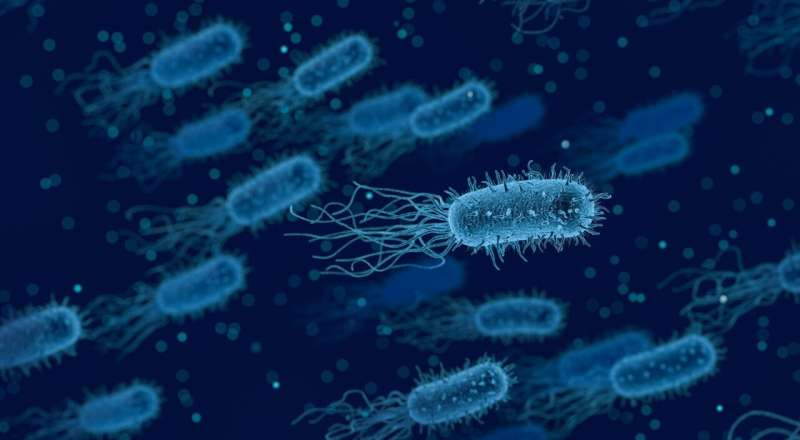Phys.org April 20, 2022
An international team of researchers (China, UK) studied antimicrobial resistance gene overlap between E. coli isolates collected from humans, livestock and their shared environments in a large-scale Chinese poultry farm and associated slaughterhouse. By using a computational approach that integrates machine learning, whole-genome sequencing, gene sharing network and mobile genetic elements analysis they characterized the E. coli community structure, antimicrobial resistance phenotypes and the genetic relatedness of non-pathogenic and pathogenic E. coli strains. They uncovered the network of genes, associated with antimicrobial resistance (AMR), shared across host species (animals and workers) and environments (farm and slaughterhouse). They also found several human, livestock and environmental isolates sharing closely related mobile genetic elements carrying antimicrobial resistance genes (ARGs) across host species and environments. Their findings provide novel insights into the broader epidemiology of antimicrobial resistance in livestock farming…read more. Open Access TECHNICAL ARTICLE

Credit: Pixabay/CC0 Public Domain